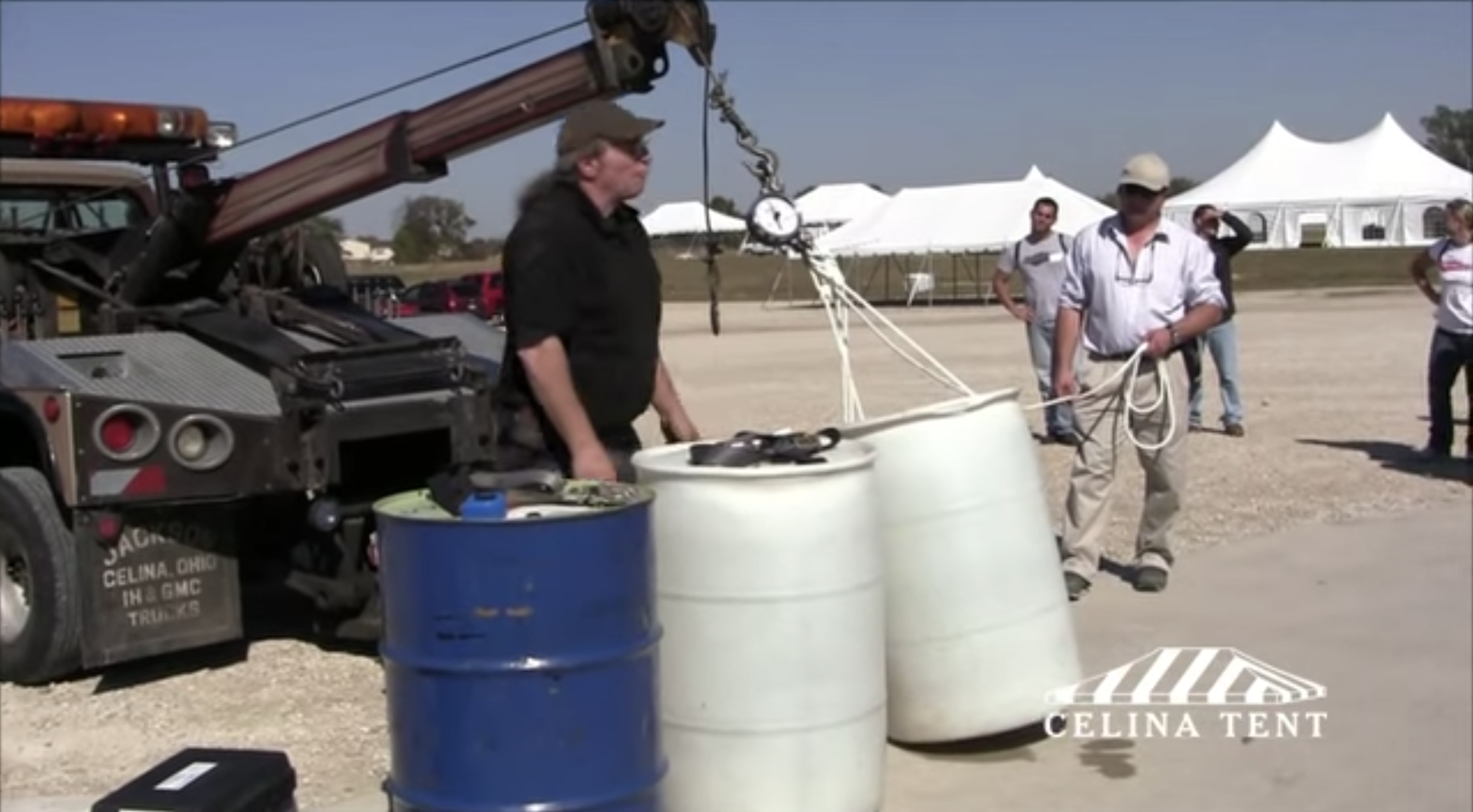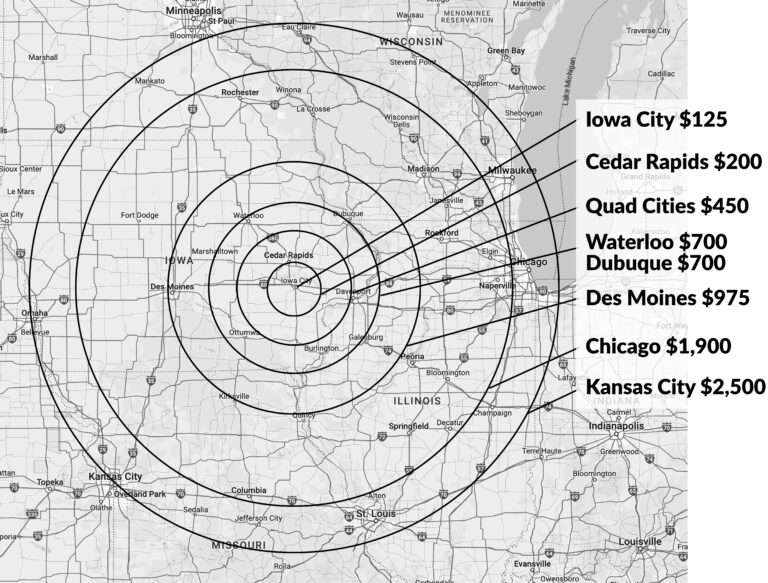Tent Ballast, Anchors, and Weights
This page is only intended as a visual explanation for customers renting tents from Big Ten Rentals Inc and installed by our professional crews.
-
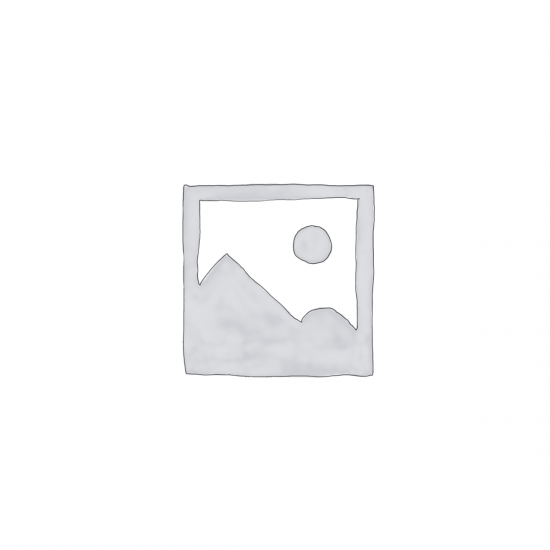 Tent ballast: 3,000lbs 2’x2’x6′ bunker block rentalInquire about price by adding to quote
Tent ballast: 3,000lbs 2’x2’x6′ bunker block rentalInquire about price by adding to quote -
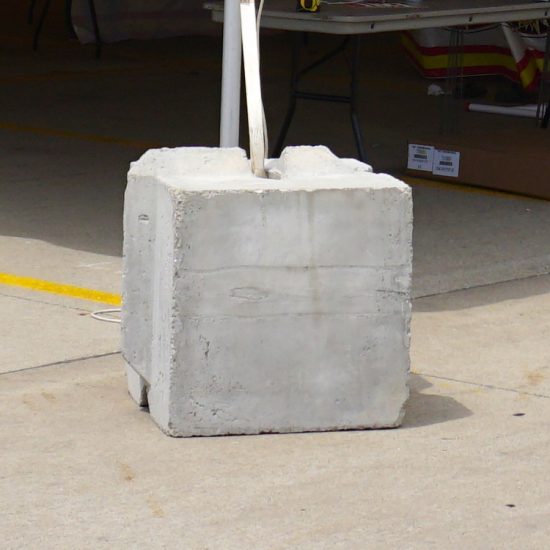 Tent ballast: 1,000lbs 2’x2’x2′ bunker block rentalInquire about price by adding to quote
Tent ballast: 1,000lbs 2’x2’x2′ bunker block rentalInquire about price by adding to quote -
 350 lbs. Block and Roll Tent Ballast RentalInquire about price by adding to quote
350 lbs. Block and Roll Tent Ballast RentalInquire about price by adding to quote -
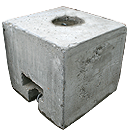 500 lbs. Block and Roll Tent Ballast RentalInquire about price by adding to quote
500 lbs. Block and Roll Tent Ballast RentalInquire about price by adding to quote -
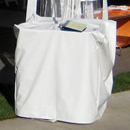 300 Gallon Tent Water BallastInquire about price by adding to quote
300 Gallon Tent Water BallastInquire about price by adding to quote -
 Tent ballast: 2,000lbs 2’x2’x4′ bunker block rentalInquire about price by adding to quote
Tent ballast: 2,000lbs 2’x2’x4′ bunker block rentalInquire about price by adding to quote -
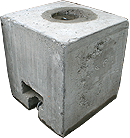 700 lbs. Block and Roll Tent Ballast RentalInquire about price by adding to quote
700 lbs. Block and Roll Tent Ballast RentalInquire about price by adding to quote -
 Sand Bag Ballast | Pop-Up Tents OnlyInquire about price by adding to quote
Sand Bag Ballast | Pop-Up Tents OnlyInquire about price by adding to quote -
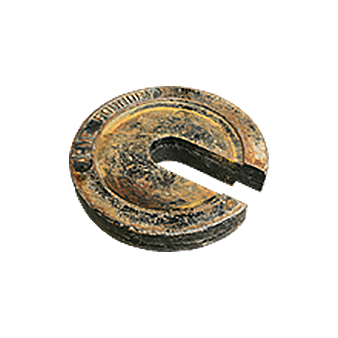 Steel Weights for Small Frame & Pop-up TentsInquire about price by adding to quote
Steel Weights for Small Frame & Pop-up TentsInquire about price by adding to quote -
 73 lb. Canister with covers.Inquire about price by adding to quote
73 lb. Canister with covers.Inquire about price by adding to quote -
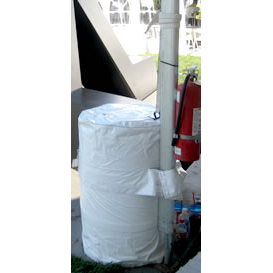 55 Gallon Water Barrel: Tent BallastInquire about price by adding to quote
55 Gallon Water Barrel: Tent BallastInquire about price by adding to quote -
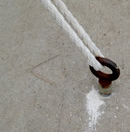 Eyebolt Rental for Event Tent AnchoringInquire about price by adding to quote
Eyebolt Rental for Event Tent AnchoringInquire about price by adding to quote -
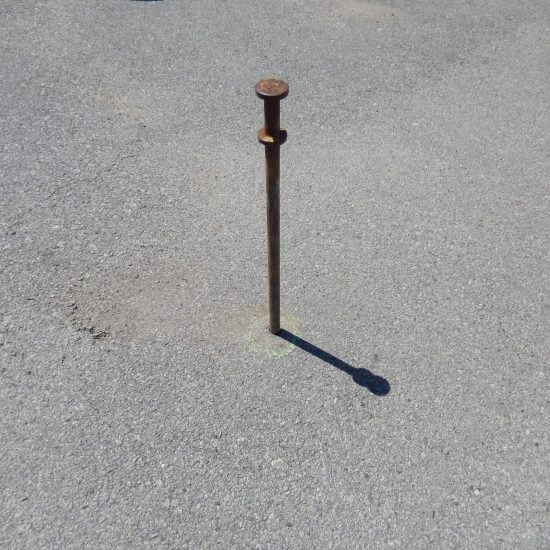 Drill and fill STAKE (pavement or asphalt)Inquire about price by adding to quote
Drill and fill STAKE (pavement or asphalt)Inquire about price by adding to quote -
 Gang tent stake bar/plateInquire about price by adding to quote
Gang tent stake bar/plateInquire about price by adding to quote -
 Event Tent Stake RentalInquire about price by adding to quote
Event Tent Stake RentalInquire about price by adding to quote
Article from ” http://tentexperts.org”
Guidelines and ballasting tools for commercial tents released
The Tent Rental Division of the Industrial Fabrics Association International announces the release of the guidelines and online tool for ballasting of commercial tents. This calculator was derived based on a study completed with the Clemson University Department of Engineering in Clemson, South Carolina.
The study focused on a series of basic experiments conducted to determine the performance of different ballast types on various ground surfaces. The performance of the selected ballasts, defined by the static and sliding friction coefficients for each ground surface under various conditions were defined by variables of interest. Variables included angle, anchor horizontal position, anchor vertical position, ballast type, and surface type. A large number of drag tests were performed for each set of ballast and ground surface to determine the linearity (on non-linearity) of the ballast performance.
The guidelines and online tools level the playing field of tent rental companies by providing tested and proven industry guidelines for the safe ballasting of tents in a user-friendly format. They help tent rental companies determine the best methodology for using ballast units to anchor frame tents and clear span structures and determine the expected mean coefficient of friction for water barrels, concrete barrels, and concrete blocks on dry asphalt, wet asphalt, dry smooth concrete, wet smooth concrete, dry rough concrete, wet rough concrete, grass, dirt, and gravel.
The source of the recommended weight to be applied on a given leg of a tent is provided by the tent manufacturer. Guidelines will provide recommendations as to how a tent rental company can reach the given amount of ballast and what the “weight” of the ballast is under various conditions. The ballasting tool allows a rental company to select from a drop-down menu surface type, ballast type, surface condition, and modifier. Companies enter the recommended load from the tent manufacturer, ballast distance from upright, and the diameter/size of the ballast.
The ballasting tool formula calculates the required amount of ballast and includes the modifier information. Testing resulted in a set of complex formulas that contained multiple failure modes per configuration. The committee worked tirelessly with Clemson University to convert these formulas into a simple and easy tool for the membership. To access guidelines and ballasting tools see the “members only” section of the TRD website. TRD membership is required to access this portion of the site.
The Tent Rental Division of IFAI is an industry alliance of companies in the commercial tent manufacturing and events business. To become a member of the Tent Rental Division, visit the membership form.
TRD’s parent organization, the Industrial Fabrics Association International (IFAI), is comprised of member companies representing the international specialty fabrics marketplace. Members’ products cover the broad spectrum of specialty fabrics and include fibers, fabrics, end products, equipment, and hardware. IFAI is the largest, most comprehensive trade association serving this industry.

Concrete is the preferred “Dead Weight” method for anchoring tents when stakes are not an option like these “Block & Roll” blocks.
-
 350 lbs. Block and Roll Tent Ballast RentalInquire about price by adding to quote
350 lbs. Block and Roll Tent Ballast RentalInquire about price by adding to quote -
 500 lbs. Block and Roll Tent Ballast RentalInquire about price by adding to quote
500 lbs. Block and Roll Tent Ballast RentalInquire about price by adding to quote -
 700 lbs. Block and Roll Tent Ballast RentalInquire about price by adding to quote
700 lbs. Block and Roll Tent Ballast RentalInquire about price by adding to quote
Concrete is the preferred “Dead Weight” method for anchoring tents when stakes are not an option like these “bunker blocks” shown below.
-
 Tent ballast: 1,000lbs 2’x2’x2′ bunker block rentalInquire about price by adding to quote
Tent ballast: 1,000lbs 2’x2’x2′ bunker block rentalInquire about price by adding to quote -
 Tent ballast: 2,000lbs 2’x2’x4′ bunker block rentalInquire about price by adding to quote
Tent ballast: 2,000lbs 2’x2’x4′ bunker block rentalInquire about price by adding to quote -
 Tent ballast: 3,000lbs 2’x2’x6′ bunker block rentalInquire about price by adding to quote
Tent ballast: 3,000lbs 2’x2’x6′ bunker block rentalInquire about price by adding to quote

